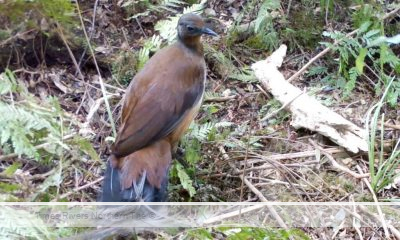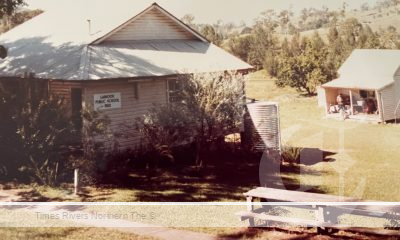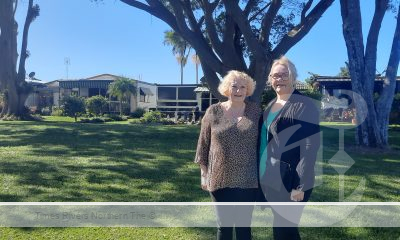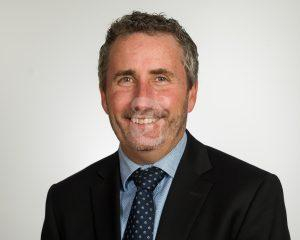Immersive sugar experience hits Ekka sweet spot
Thousands of people flocked to the sugar stand at this year’s Ekka to get a little taste of life in the sugar industry through an immersive virtual reality experience that had visitors queuing up for a behind-the-scenes look at the production process from paddock to packaging.
CANEGROWERS, together with fellow industry stakeholders Sugar Research Australia and New South Wales milling company Sunshine Sugar, hosted the stall in the Ekka’s agricultural hall.
In a whole of industry effort, the Australian Sugar Milling Council supplied flyers explaining the sophisticated milling process that drives our $4bn industry, and there was plenty of material on hand to educate visitors on the industry’s past, present and exciting future.
However, it was the Virtual Reality (VR) experience that proved the real showstopper.
The six-minute video experience provided by Sunshine Sugar gave visitors, many of whom had little or no knowledge of the sugar industry, a bird’s eye view of cane country, before bringing them right into the tractor cab alongside farmers as they planted sugarcane.
As viewers were stepped through the production process, they got to experience driving haul outs and harvesters, before moving to the mill, sugar terminal and refinery to gain a true understanding of sugar’s journey from billet to bag.
“It was rewarding to witness firsthand the joy and amazement expressed by men, women and children of all ages as they were immersed in the life of a cane farmer, harvest operator and mill worker,” CANEGROWERS Chairman Owen Menkens said.
“Many of the visitors knew little or nothing about sugar production, while others had fond memories of shared experiences of seeing cane in fields up and down the Queensland coastline. But regardless of their understanding, all visitors left with new insights and new understandings of the contemporary industry.”
It wasn’t only the general public who gained a valuable insight into the importance of the sugar industry to Queensland’s economy and the pivotal role it could one day play in the success of the bioeconomy.
Federal Agriculture Minister Murray Watt, Queensland Agriculture Minister Mark Furner and Federal Opposition leader Peter Dutton, all attended the stand and engaged directly with industry representatives.
“Advocating on behalf of Queensland’s sugarcane farming families and the communities they support is at the very heart of what CANEGROWERS does as an organisation,” Mr Menkens said.
“But rarely do we get an opportunity to engage one-on-one with government decision-makers and the general public simultaneously.
“Like all industries in today’s world, the sugar industry requires a social licence if we are to continue to operate successfully.
“CANEGROWERS is proud to talk directly with the community and the decision-makers and educate them on the steps we have taken over many decades to become one of the world’s most efficient, sustainable, and forward-thinking producers of sugar.
“In this respect, the 2022 Ekka was a huge success for the Queensland sugar industry.”
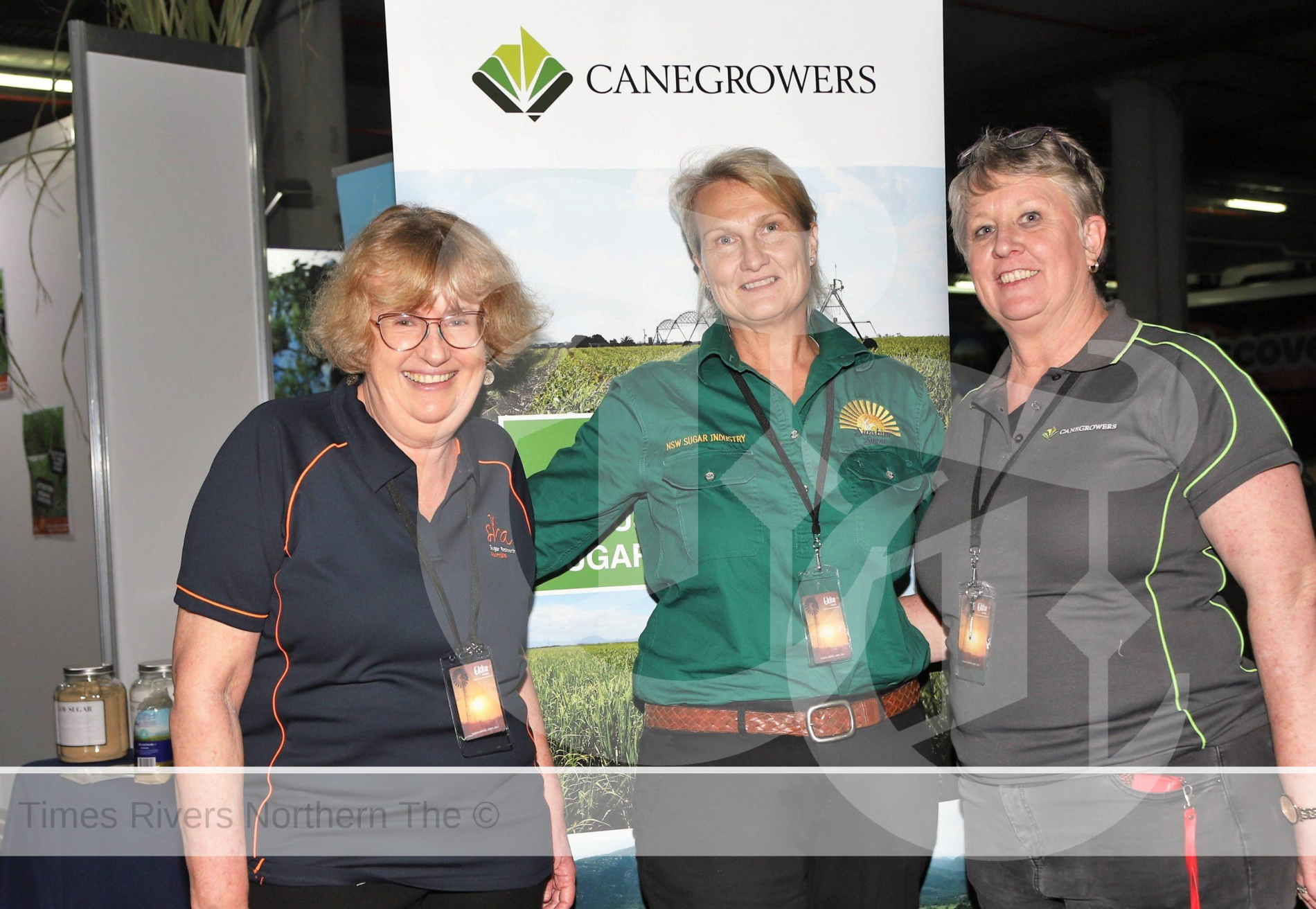




 Tweed Shire News2 years ago
Tweed Shire News2 years ago
 Motoring News2 years ago
Motoring News2 years ago
 COVID-19 Northern Rivers News3 years ago
COVID-19 Northern Rivers News3 years ago
 COVID-19 Northern Rivers News3 years ago
COVID-19 Northern Rivers News3 years ago
 Northern Rivers Local News3 years ago
Northern Rivers Local News3 years ago
 Health News3 years ago
Health News3 years ago
 COVID-19 Northern Rivers News3 years ago
COVID-19 Northern Rivers News3 years ago
 NSW Breaking News3 years ago
NSW Breaking News3 years ago








